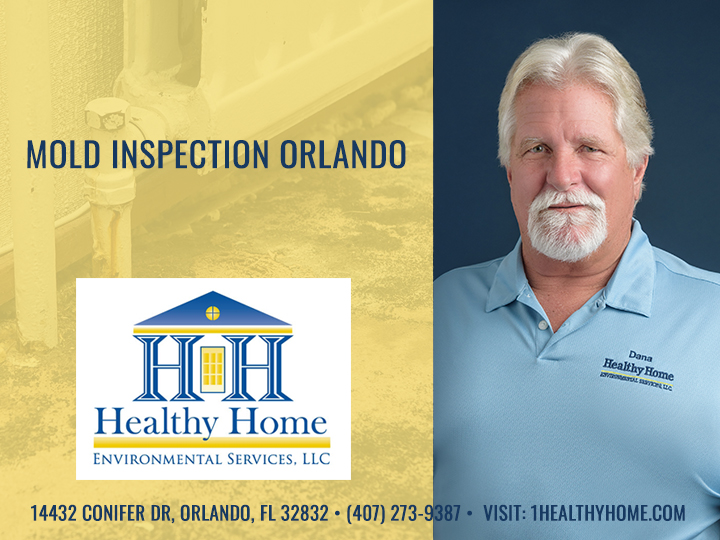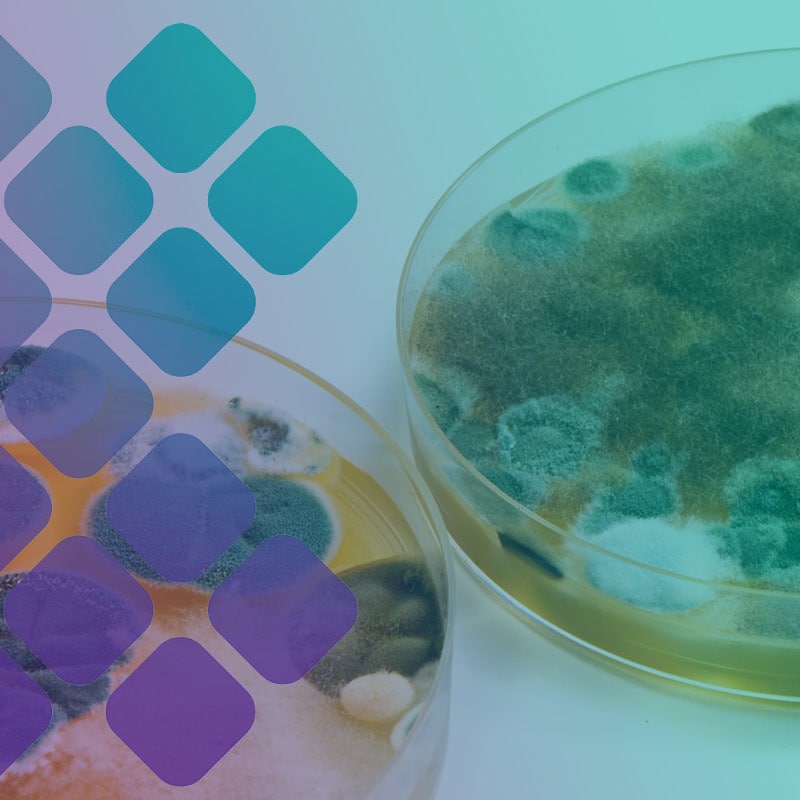Choosing the Right Mycotoxin testing Services for Your Service
Choosing the Right Mycotoxin testing Services for Your Service
Blog Article
Ensuring Conformity With Regulations: the Function of Mycotoxin Checking in Quality Assurance
Guaranteeing conformity with strict policies is critical for preserving food safety and security, and the duty of mycotoxin screening in quality control can not be overstated. Mycotoxins, poisonous substances produced by specific mold and mildews, present significant wellness risks, making their detection crucial in food manufacturing. Adherence to governing requirements, such as those set by the FDA and EU, needs robust screening methods and modern technologies to recognize and measure these contaminants. By executing detailed screening methods, firms can protect against possible health crises, stay clear of pricey recalls, and keep customer trust. The intricacies of these screening procedures increase essential inquiries regarding their effectiveness and efficiency.
Understanding Mycotoxins
Recognizing mycotoxins is essential to ensuring the top quality and security of agricultural products. Mycotoxins are poisonous additional metabolites generated by specific types of fungi, frequently found in foods such as nuts, seasonings, and grains. These substances can develop at various phases of the food production procedure, from pre-harvest to storage, and posture considerable health and wellness risks to both humans and animals (Mycotoxin testing Services). The most infamous mycotoxins consist of aflatoxins, trichothecenes, fumonisins, and ochratoxins, each related to certain environmental conditions and fungal species.
The visibility of mycotoxins in food can result in severe and chronic health issues, including liver damage, immune reductions, and cancer causing results. Consequently, their detection and metrology are crucial components of quality assurance in farming and food industries. The complexity of mycotoxin contamination necessitates a multifaceted approach, employing innovative logical methods such as fluid chromatography, mass spectrometry, and enzyme-linked immunosorbent assays (ELISA) By understanding the sources, kinds, and effects of mycotoxins, stakeholders in the farming industry can much better implement preventative actions and minimize risks, guaranteeing much safer intake for end-users. This understanding forms the bedrock upon which reliable mycotoxin administration techniques are constructed.
Governing Criteria for Mycotoxins
Having actually established a fundamental understanding of mycotoxins and their effect on food safety, it is essential to assess the regulatory requirements regulating their presence in agricultural products. Regulative requirements for mycotoxins are necessary since they define allowable restrictions, guaranteeing food safety and security and safeguarding public health and wellness. Different worldwide and nationwide companies have actually established these restrictions based upon detailed threat evaluations.
The Codex Alimentarius Compensation, a worldwide body established by the FAO and that, gives standards and maximum permitted levels for various mycotoxins in food and feed. The Codex has actually established limitations for aflatoxins in peanuts, maize, and dried out figs, among various other products. These requirements are frequently adopted or adjusted by individual countries to fit their specific needs.
In the European Union, Regulation (EC) No 1881/2006 states maximum levels for a number of mycotoxins, such as aflatoxins, ochratoxin A, and deoxynivalenol, in numerous foodstuff. Similarly, the United State Fda (FDA) has actually established action degrees for mycotoxins like aflatoxins in commodities such as nuts and grains.
Adherence to these regulative standards is crucial for keeping market access, customer trust, and public health. Non-compliance can result in significant financial losses and health threats, highlighting the value of rigid mycotoxin testing methods.
Examining Techniques and Technologies

ELISA is extensively appreciated for its cost-effective and quick screening abilities, making it optimal for high-throughput environments. It relies on antibodies to identify particular mycotoxins, supplying cause a fairly brief time framework. Nevertheless, its level of sensitivity may be limited contrasted to a lot more innovative techniques.
HPLC, on the other hand, masters giving measurable analysis with high accuracy and precision. It separates complex blends right into private components, making it very effective for determining and quantifying multiple mycotoxins simultaneously - Mycotoxin testing Services. This technique, while extra taxing and resource-intensive than ELISA, supplies a greater level of dependability

LC-MS represents the peak of logical specificity and sensitivity. Incorporating the splitting up power of liquid chromatography with the detection abilities of mass spectrometry, LC-MS can identify also trace degrees of mycotoxins. This technique is important for confirming the presence of mycotoxins in governing and forensic contexts, guaranteeing conformity with rigorous security requirements.
Executing Examining Procedures

Incorporating these sophisticated testing methods right into an extensive quality assurance framework necessitates a well-structured technique to applying screening procedures. To accomplish this, organizations must initially conduct a thorough risk evaluation to identify prospective mycotoxin contamination points within the supply chain. This analysis educates the growth of a tailored testing method that attends to particular vulnerabilities.
Next, establishing standard tasting procedures is vital. Consistent sampling ensures that examination outcomes are trustworthy and representative of the whole set (Mycotoxin testing Services). Abiding by standards from governing bodies, such as the FDA or EFSA, aids preserve conformity and boosts the reliability of the screening procedure
Educating workers is another pivotal part. Personnel must be competent in both example collection and the procedure of testing devices. Normal training sessions and qualification programs can guarantee that group members remain upgraded with the current methods and regulatory adjustments.
Benefits of Mycotoxin Checking
Mycotoxin testing supplies countless benefits that dramatically enhance the safety and quality of food and feed items. Primarily, it functions as an essential control measure to stop contaminated goods from reaching the consumer market, therefore protecting public health and wellness. By identifying and quantifying mycotoxins such as aflatoxins, ochratoxins, and fumonisins, producers can make sure that their items fulfill rigid regulatory requirements, hence staying clear of potential top article legal repercussions and connected prices.
Additionally, mycotoxin testing adds to the economic feasibility of food and feed sectors by decreasing the danger of large-scale product recalls. The capacity to isolate and spot polluted sets early in the production process minimizes waste and prevents the economic losses connected with broken brand name credibility. It cultivates consumer trust fund and loyalty, as customers are significantly conscious of food safety problems and need greater top quality criteria.
The application of regular mycotoxin screening additionally advertises finest techniques within farming and production fields. By adhering to extensive screening protocols, companies can maximize their quality assurance processes, enhance functional performance, and guarantee the consistent manufacturing of safe, premium products. To conclude, the advantages of mycotoxin testing are complex, adding to public wellness, economic stability, and sector integrity.
Final Thought
Mycotoxin testing is vital in making certain conformity with regulative requirements, therefore keeping food safety and top quality control. Thus, mycotoxin screening stays a crucial element of modern food security hop over to here management systems.
Making certain conformity with stringent policies is vital for preserving food security, and the duty of mycotoxin screening in top quality control can not be overemphasized.In the world of mycotoxin testing, advanced technologies and techniques are essential in guaranteeing food official source security and regulatory compliance.Mycotoxin testing provides various advantages that considerably enhance the safety and high quality of food and feed items.Mycotoxin testing is essential in ensuring conformity with governing requirements, consequently preserving food safety and quality control. Therefore, mycotoxin testing remains an important element of contemporary food security monitoring systems.
Report this page